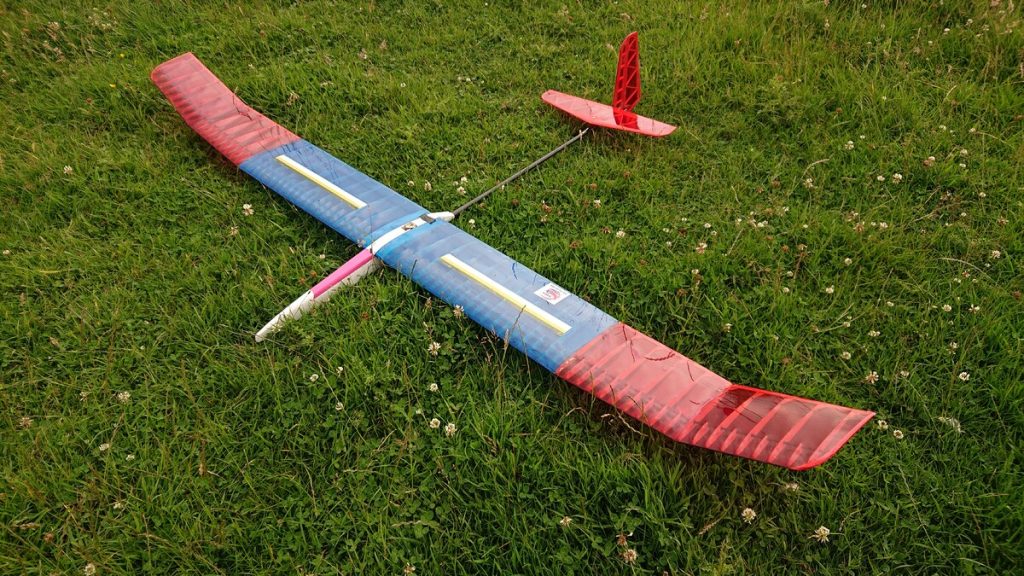2 metre RES contests in the UK

The basics
These are simple 2 metre wingspan RES contests. ‘RES’ means Rudder, Elevator and Spoiler. Aileron, flaps and other controls are not permitted. Two flavours:.
- F3L models – gliders launched using a 100 metre line and 15 metre bungee rubber
- F5L models – gliders that use small electric motors, launched with a maximum 30 second motor run or 90 metre altitude, whichever comes first.
The objective is to fly for 6 minutes (F3L models) or 6mins 30 secs (F5L models).
The history
2 metre RES competitions were introduced into Europe about 10 years ago, as events for beginners, or as in introduction to thermal soaring competition for established radio pilots. The format was then adopted in the USA but using slightly different rules; and in the UK about 7 years ago. Starting small here, it has grown significantly and is proving to be immensely popular, with pilots of every skill-level participating, including some of the most famous names in thermal soaring.
More about the models
The models are light, typically about 300-450g unballasted and have excellent thermalling characteristics. F3L and F5L models share the same construction rules, ensuring that the structure is ‘predominantly wooden (usually balsa)’ with exceptions for spars and the fuselage boom, where composite materials (typically carbon fibre tubes) can be used. This keeps the cost down – 2 metre RES models are far cheaper than the moulded models flown in most other classes. Kits and ARTF aircraft are readily available from a number of suppliers. But the simple technology rules also enable many pilots to design and build their own models. Events always have a number of different designs present. There is no one ‘killer’ design. Ultimately, results of any contest depend on pilots’ skill on the day.
More about the competitions
In the UK, we fly three types of contest with F3L and F5L models:
- Most popular is the ‘challenge’ contest (usually flown to BMFA FXRES rules). Pilots have 4 hours in which to fly a maximum of 10 flights, best 6 of which count. Pilots fly when they like – there are no fixed slots. The only landing requirement (to complete a scoring flight) is to land in a large area landing box. Contests are informal and sociable.
- FAI have recently adopted International rules (F3L and F5L) in which models fly in fixed slots and spot landing bonuses are awarded. Some contests to these more formal rules are also now being flown in the UK.
- Least formal are the monthly postal competitions in which pilots can compete from their own club field. These are co-ordinated on the BARCS forum – https://www.barcs.co.uk/forums/forum/102-fxres/. Slightly different rules for bungees and maximum electric launch heights apply.
Give it a go – this is the most accessible route into competitive thermal soaring.
Links
- BARCS FxRES forum – competitions, results, discussion.
- Facebook group for 2m RES discussion.
- Model suppliers include Sky High RC and Hyperflight.

